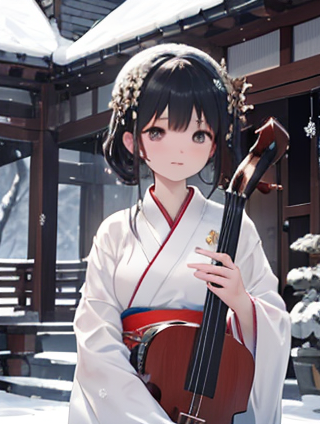TheEvolutionofMarriageADeepDiveintoItsHistoricalContext,ContemporaryInterpretations,andFutureProspects
- 情感
- 2025-03-13 12:35:58
- 1716
Marriage has undergone significant transformations throughout human history. From ancient times to the modern era, its definition, significance, and societal roles have evolved substantially. This article explores the historical context, contemporary interpretations, and future prospects of marriage, aiming to provide a comprehensive understanding of this institution.
Historical Context: The Origins and Early Development
The concept of marriage can be traced back to prehistoric times when it was primarily seen as an alliance between families or clans rather than an emotional union. In ancient Egypt, for example, marriages were often arranged by the parents to secure political alliances, economic benefits, or social status. Similarly, in ancient Greece and Rome, marriages were more about property rights and inheritance. It was not until the Middle Ages that Christianity began to influence marriage, emphasizing love and fidelity as core principles.
One of the significant milestones in marital history is the development of legal contracts that defined the terms of a union. The Catholic Church's codification of marriage during the Middle Ages played a crucial role in shaping its modern form. In 1563, the Council of Trent established that marriage was a sacrament, bringing it under strict religious and legal supervision. This period also saw the introduction of marriage licenses and the requirement for public ceremonies.
Marriage in the Modern Era
The turn of the 20th century marked another pivotal shift in marital dynamics. Industrialization led to urbanization and increased mobility, challenging traditional family structures. The women's suffrage movement further contributed to changing societal norms around marriage by advocating for equality and personal autonomy. By the mid-20th century, couples began to marry later and had smaller families compared to previous generations.

The late 20th and early 21st centuries witnessed a paradigm shift in marriage. The 1967 landmark case _Loving v. Virginia_ struck down anti-miscegenation laws in the United States, legalizing interracial marriages. This was followed by the legalization of same-sex marriage in many countries, including the United States with the Obergefell v. Hodges decision in 2015.
Contemporary Interpretations: Diversity and Inclusivity
In contemporary society, marriage is increasingly seen as a personal choice rather than a societal mandate. Couples now have greater freedom to define their own unions based on individual preferences and life circumstances. For instance, cohabitation has become more common, with many people choosing not to marry for various reasons, including financial independence or the desire to delay legal commitments.

The rise of digital communication technologies has also transformed how relationships are formed and maintained. Social media platforms and online dating apps have made finding potential partners easier but have also raised concerns about privacy and authenticity in romantic connections.
Legal Protections and Social Support
Legal frameworks around marriage continue to evolve, reflecting a more inclusive approach towards diverse families. Many countries now recognize common-law marriages, domestic partnerships, and other forms of legally binding unions that go beyond traditional definitions of marriage. These changes aim to provide greater legal protections for all types of relationships.

Social support networks have also expanded to include resources specifically tailored to LGBTQ+ individuals, single parents, and non-traditional families. Organizations like GLAAD, PFLAG, and local community groups offer counseling, legal advice, and social events that promote inclusivity and acceptance within society.
Challenges and Future Prospects
Despite these advancements, challenges remain in achieving full equality for all marital forms. Discrimination based on gender, sexual orientation, or socio-economic status persists in many parts of the world. Moreover, economic pressures, such as rising living costs and increasing debt, often impact decisions about when to marry and have children.

Looking forward, technology may play a significant role in shaping future marriages. Virtual reality could enhance experiences at weddings, while artificial intelligence might facilitate more personalized matchmaking services. However, there are also concerns about the potential misuse of AI in perpetuating biases or invading privacy.
Conclusion
The evolution of marriage reflects broader social and cultural changes. While traditional definitions remain influential, contemporary interpretations emphasize personal choice, diversity, and inclusivity. As society continues to evolve, so too will our understanding and practice of marriage. Future prospects hold both promise and challenge, as we navigate the complexities of an ever-changing world.

By embracing these changes and addressing existing inequalities, we can ensure that marriage remains a powerful institution for fostering love, commitment, and mutual support in diverse communities around the globe.
下一篇:如何识别生活中的骗术